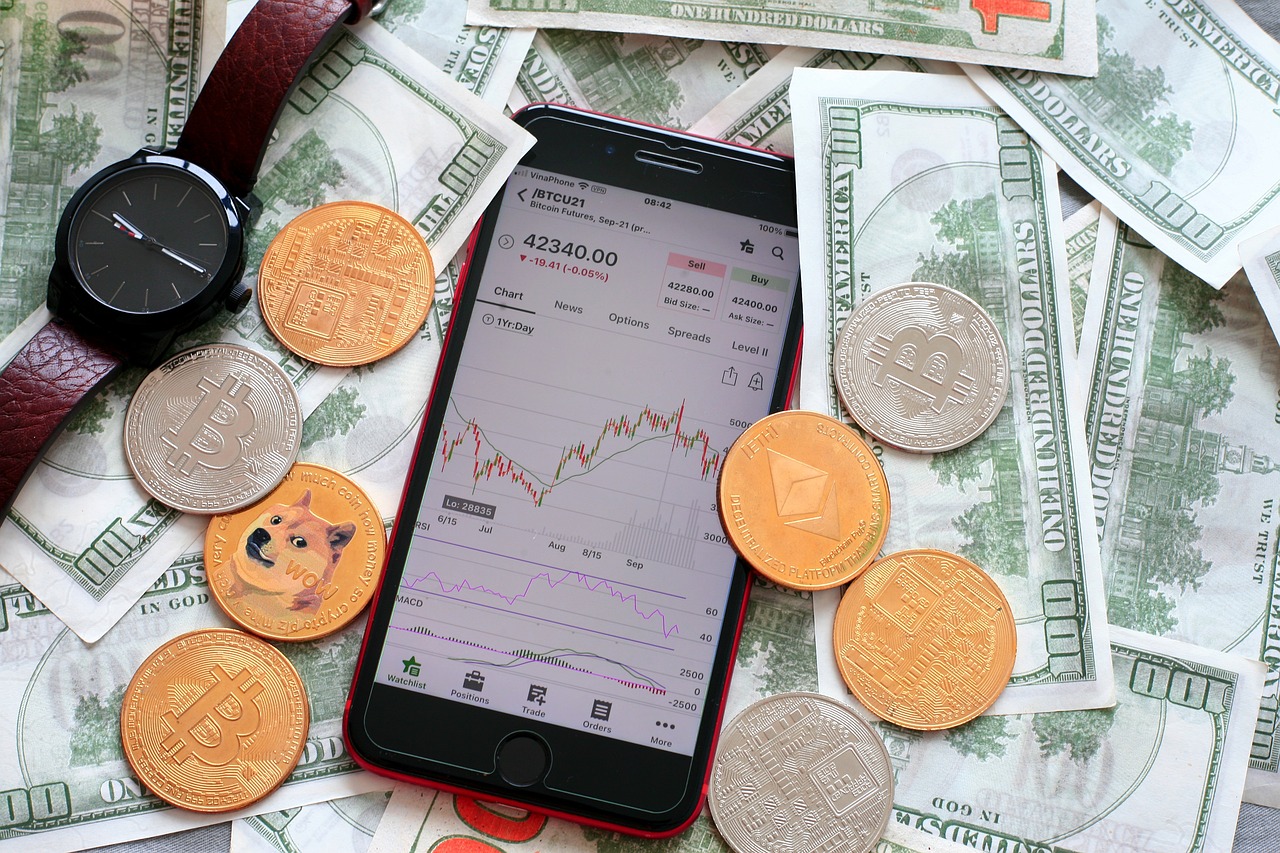What are the ways of spotting and avoiding crypto market manipulation?
Market manipulation is the deliberate act of trying to move either the overall market or individual asset prices. This applies particularly in the field of cryptocurrency, where actors may use deception and false rumours to manipulate market prices. Tactics such as phoney news reports and fake orders are utilised by these players to inflate or deflate assets for personal gain at the expense of other traders. In some cases, these companies pay famous public figures with major followings and convince them to promote particular digital currencies. For storing digital currencies securely, traders are shifting to Cold Storage Wallets, and the interest in these is expected to increase in the future.
What are the common ways of crypto market manipulation?
Stop Hunting
Stop hunting is a malicious trading strategy that exploits market participants’ stop-loss orders to drive down the price of an asset. It usually involves “whales”, which are large investors who place substantial sell orders to manipulate prices and cause high volatility. If they’re successful, they can purchase assets at artificially low prices due to all those triggered stop-loss orders. This practice is often used by bad actors looking for quick profits through unethical means.
Pump and Dump
Pump and dump are one of the most widely-used market manipulation strategies. It is common in both the stock and cryptocurrency markets. Generally, a group of people – often the developers for a certain altcoin – purchase large quantities of an unknown coin with low trading volume, then promote false news on social media to attract unknowledgeable investors while they continue buying it up. This creates an illusion that there is heightened investor interest in that particular cryptocurrency when all they’re doing is artificially inflating its prices before selling off their holdings at a much higher rate than usual.
Wash Trading
Wash trading is a strategy involving the rapid buying and selling of crypto assets to generate high trade volumes, with the objective being attracting other traders’ and investors’ attention. Through numerous entries creating deceptive signals that inflate an asset’s value, wash trading seeks to entice people into making trades based on those signals. In effect, it is similar to spoofing – both refer to generating false market sentiment through manipulation.
Ways of protecting yourself from market manipulation
Check Historical Price Trends
When trading, don’t be fooled by historical price trends. If the coin has long been dead and suddenly experiences significant spikes in interest resulting in a sudden increase in its value, you should look further into what is happening before investing. Even if it’s still alive but hasn’t experienced such a surge before, there may be something fishy going on that needs to be double-checked. Market manipulation poses an ever-present risk for investors so make sure you’re aware of any potential risks or red flags when making decisions about your investments.
Opt for Long Term Investments
If you take an investing approach and “HODL” your crypto investments, market manipulations won’t pose as much of a threat. Such manoeuvres are usually undertaken by whales intending to garner short-term profits, so the impact is minimal compared with day trading. On the other hand, if you do choose to participate in intense daily trades, it would be wise to stick with secure coins that have proven themselves over time – meaning they tend to stay strong during bear cycles while maintaining high liquidity volume.
Do Your Research
When it comes to digital assets, it’s usually better to take precautions. Do not rush into investing in any asset just because it was advertised on social media, no matter how enticing the claims may seem. Before investing, do your research by reading the whitepaper (if available), and checking out the project’s social media channels and its team members’ backgrounds. Using this information, you could determine in case it’s really worth making the investment or perhaps not.

